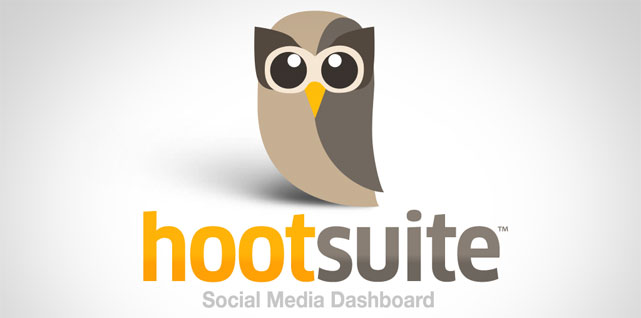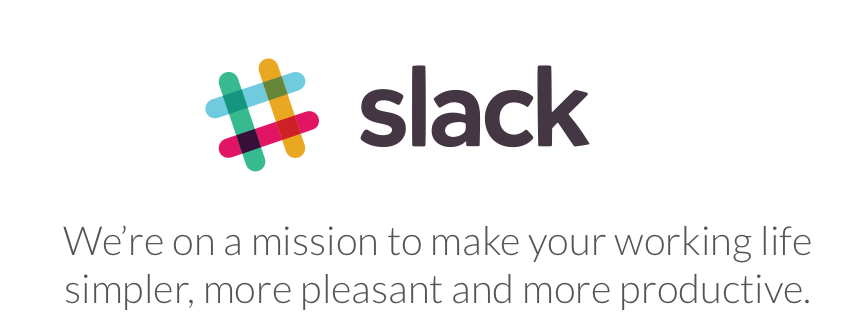Five content marketing tools you should be using
I’m not really one for trying new things.
When I find something that works for me, I tend to stick with it. And because I’m what the kids call an “old,” that something is not usually the latest, greatest tool or app.
When it comes to promoting Buildicus, these are the five tried-and-true content marketing tools I use most often.
1. Get Response
Email is so, so important to getting the word out about our service and product.
Currently, Buildicus uses Get Response to distribute email. I send out two newsletters to those on our email lists every week, and we also have at least half a dozen autoresponder series that kick in whenever subscribers sign up for various services.
The autoresponders are timed to go out on certain days, which means that, once I’m done writing a series, my involvement in distribution is minimal at most.
Get Response has a few issues that I could do without, but for now it gets the job done — that job being constant communication with potential customers.
More reading on email: Why You Should Be Collecting Email Addresses All the Time
2. Hootsuite
Speaking of scheduled content, another way I get our message out to customers is by scheduling social media updates through Hootsuite.
I use Hootsuite to schedule Tweets, mostly links to blog posts. Twitter is such a fast-moving medium, I know our followers don’t see all of my Tweets. Therefore, I feel it’s okay to send out links to older content they may have missed when it was first published.
And since I don’t want to be constantly Tweeting all day long, I schedule a couple of Tweets a day using Hootsuite.
These Tweets can be scheduled hours, days, even months in advance, meaning I can set aside some time to schedule content for the week, and then not have to worry about it.
More reading about scheduling social media content: How to Schedule Tweets (& Save Your Sanity)
3. Google Analytics
After sending out content through email and social media, I have to make sure that the avenues I’m using are working. Therefore, I use Google Analytics to monitor traffic to my blog.
What I’m most interested in seeing is which content is performing, and where that traffic is coming from.
I choose the time frame I’m interested in monitoring (day, week, month, etc.), then click:
Behavior > Site Content > Content Drilldown
This gives me a list of the top-performing content. To see where the traffic is coming from, I click on a specific post, then click:
Secondary Dimension > Acquisition > Source
And that shows me if traffic is coming from Facebook or Get Response or wherever.
More reading about how I’ve used Google Analytics: Top 10 Posts of the Year
4. Day Planner/Notebook
Like I said at the top of this post, I’m a pretty simple gal. I know there are apps out there that can plan my work load. But I’ve found through trial and error that the thing that works best for me is good old-fashioned pen and paper.
I use a simple day planner to keep track of the things I need to accomplish for the day. I write my tasks for the week ahead of time, and as I accomplish them, I CROSS THEM OFF THE LIST. It’s … glorious.
And when planning content for blog posts or email autoresponders, I use a regular old paper notebook to write thoughts and ideas in. Quaint, I know.
To me, nothing beats physically writing down a task and then crossing it off when finished. I’ve tried using list and reminder apps on my phone, I’ve tried using Evernote for taking notes. Paper wins every time.
More reading about the beauty of a planner: Get Organized, Get More Done
5. Slack
The Buildicus team just recently started using a tool called Slack for office communication, so maybe it’s a bit premature to include it on a list of tried-and-true content marketing tools.
However, Slack has proven itself to be more than adequate at helping me promote my blog posts to the team. Why is this important?
Employee engagement is one of the most useful resources a company has in getting the word out about its products and services. Proud employees promote. But first they have to know what to promote.
Slack lets me quickly and efficiently inform the team every time I’ve posted a new blog post or Facebook update or Tweet. Then they can take it from there.
More reading about Slack: How To Significantly Improve Workplace Communication
And there you have it, the five content marketing tools I use the most often.
They aren’t the fanciest, or the most innovative tools, but they help me do my job fairly quickly and efficiently.
What tools do you use?







